For the past few weeks I’ve been thinking about something controversial, and I think it’s time to say it out loud: why are street photographers predominantly men?
This is not a critique towards the male photographers out there, but I have questions, like: where them girls at (thanks Megan the Stallion)?
Let’s start from something that I know: me.
I’ve been shooting street photography quite often; in different seasons, in different locations worldwide, and I’ve met only ONE other female street photographer, with whom I had a short interaction with, and ONE other that attended my street photography workshop (but she was a friend of another male attendant). Both were in the 40+ age bracket.
My normal haunts are magnets for photographers; Soho, Oxford Street, Barbican, Southbank etc. Time wise I tend to go in the morning and during the weekend, when there should be plenty of people milling around. I often see male street photographers in these locations, capturing the same crowds with their lenses.
Now, let’s imagine, if someone stopped you in the street and asked you to name three female street photographers, will be able to reply? Again, this is not a critique of general knowledge, but I really would like to understand, where is the gap?
Honestly, a few years ago I would have had difficulties to think of names that are not Diane Arbus, Dorothea Lange or Vivian Mayer. I recently discovered Ruth Orkin, and contemporary names like Dawn Eagleton, Melissa O'Shaughnessy, Jas Leon etc. (thanks to Walkie Talkie).
When I’m out with other photographers that don’t know each other, I generally see that there is this “bro”-like attitude between men, ignoring the women in their vicinity, rather than considering the entire group. But also, why are there so few groups of women (or people that identify as women), that shoot together? Are there really so few of us, or is there a competitive bias? Or shall I use the appropriate wording, internalised misogyny?
There are a few groups/associations for female street photographers; I think the most famous one is women street photographers, that actively promote women’s work and offer artist residencies. Another one is Sheclick, that is more general photography, so you will find beautiful pictures of nature perhaps next to some street shot. Not as active as I would like, there is also She Hearts Film, a community around female film photographers.
I find it funny (in an entirely non-humorous sense) that we need to create photo competitions just for women; of prizes just for women, to create space in the community. Data consistently shows that women are significantly underrepresented in major photography awards, festivals, and exhibitions.
Quoting Art News:
A 2019 study of 18 major US museums revealed that 87 percent of the artists in collections were male and 85 percent were white, while a UK-based analysis by King’s College London showed that just 32 percent of artists represented by London’s major galleries were women—despite women making up the majority of fine arts graduates. In Australia, the 2022 Countess Report found that female representation in state gallery exhibitions had dropped to 33.6 percent, signaling regression rather than progress.
I highly recommend everyone read the book written by Caroline Criado Perez: Invisible Women: Exposing Data Bias in a World Designed for Men. It will make you angry (I hope), but also it will make you think (please, don’t be like me, don’t read it before going to bed). Applying some of her concepts to female street photographers can maybe in part solve my questions.
Criado Perez argues that systems are designed around the male norm. In street photography, we could translate this into how "great" or "iconic" street photography is defined. The aggressive, confrontational, or overtly public-space-dominating styles often associated with famous male street photographers (like Bruce Gilden) become the implicit standard. If a woman's work, which might be more subtle, intimate, or focused on different aspects of public life (e.g., domesticity spilling into public, or quieter moments), doesn't fit this "male default" aesthetic, it's less likely to be perceived as equally valuable or groundbreaking by a male-dominated establishment.
Also, think about how many times we hear about photographers (male) being rude, not only with “normal” people but also with celebrities during events. Can you imagine this attitude from a woman? Most likely, she would be escorted from the venue and black-listed from other jobs, yet men are not treated with the same disdain. Aggression in men is accepted, even condoned; aggression in women is considered “bossy”, “bitchy” or any other number of negative traits.
Let’s also talk about the most obvious reason why I think there are less women street photographers: safety.
I have experienced the fear of being in a public space with my expensive gear, the worry something could be stolen, the concern about being harassed in general, over-hearing sexist comments, the feeling of being almost incapable of escape. It’s not a nice feeling at all (this is why my aim is to create safe spaces when I organise event, I don’t want people to feel this way). Aside from my personal experience, it is proven that women disproportionately experience street harassment and feel less safe in public spaces, especially at certain times or in certain areas. This fear is a form of "data gap"; the lived experience of women in public isn't adequately factored into the design or perception of these spaces. For a woman street photographer, this means she might consciously or unconsciously restrict her shooting times, locations, or even subjects to minimise risk, potentially limiting her portfolio, compared to a male photographer who doesn't face the same pervasive safety concerns. This isn't about lack of skill, but external societal constraints.
As a woman, I often find myself acutely aware of personal space, particularly when engaging with strangers in public. There's a conscious effort not to invade that space, driven by an understanding of boundaries and the desire to avoid any perceived threat or discomfort. This impacts my photography directly; I feel more comfortable with a zoom lens for this reason, yet I actively challenge myself not to, choosing instead to be physically closer to my subjects. This isn't about being confrontational, it's about embedding myself in the environment; blending in as much as possible, and allowing the scene to unfold naturally around me, even if it means sacrificing an element of "invisibility." It's a delicate balance, constantly navigating the ethical boundaries and the pursuit of an authentic, unposed narrative. While I have no evidence to contradict this point, I do not feel that male street photographers grapple with this issue.
I understand I'm making generalisations, and it's important to acknowledge that male photographers, too, have faced their share of uncomfortable situations in diverse settings (for example, the assumption that men have ulterior motives for photographing children). It's also crucial to state that with this article I’m focusing on the experiences of cisgender women, largely from a white perspective. I recognise that the realities for women from racial and ethnic minorities and the LGBTQ+ community, who often navigate multiple layers of discrimination, are presented with an amplified set of challenges within street photography, which this piece does not fully explore.
I have to conclude with one of my favourite quote by Virginia Woolf:
I would venture to guess that Anon, who wrote so many poems without signing them, was often a woman.
While this might seem an extreme historical parallel, it resonates deeply with the often-unseen work of countless talented female street photographers today.
While I know that female street photographers are indeed out there, flourishing and living their best creative lives, the lingering shadow of "Anon" reminds us that their collective presence often remains under-recognized. What's needed now is a more conscious and concerted effort from the photography community to truly see, celebrate, and elevate these artists. And speaking from my own position of privilege, I can only begin to imagine how much more challenging this battle for recognition is for marginalised women, further amplifying the urgent need for inclusive action.






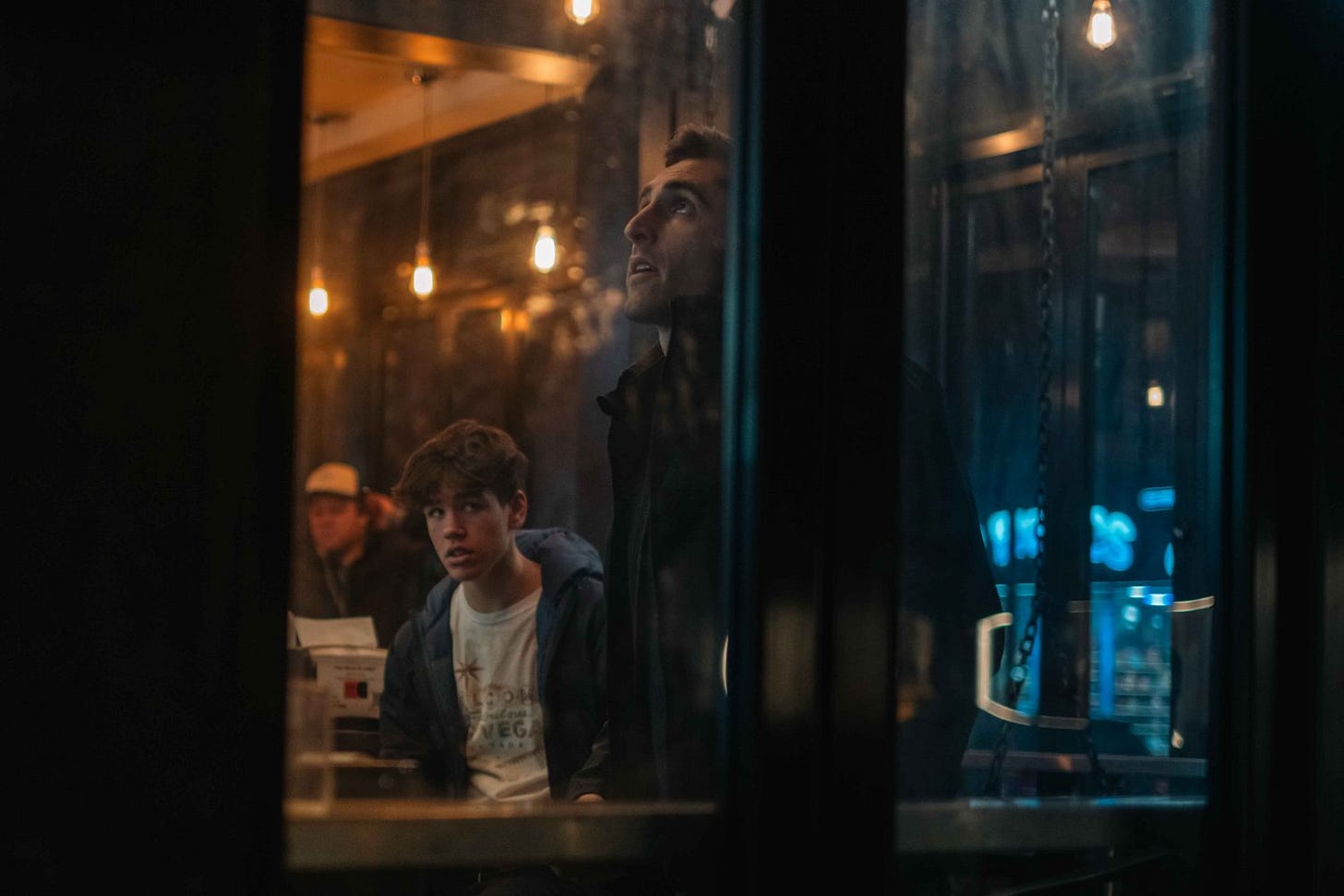
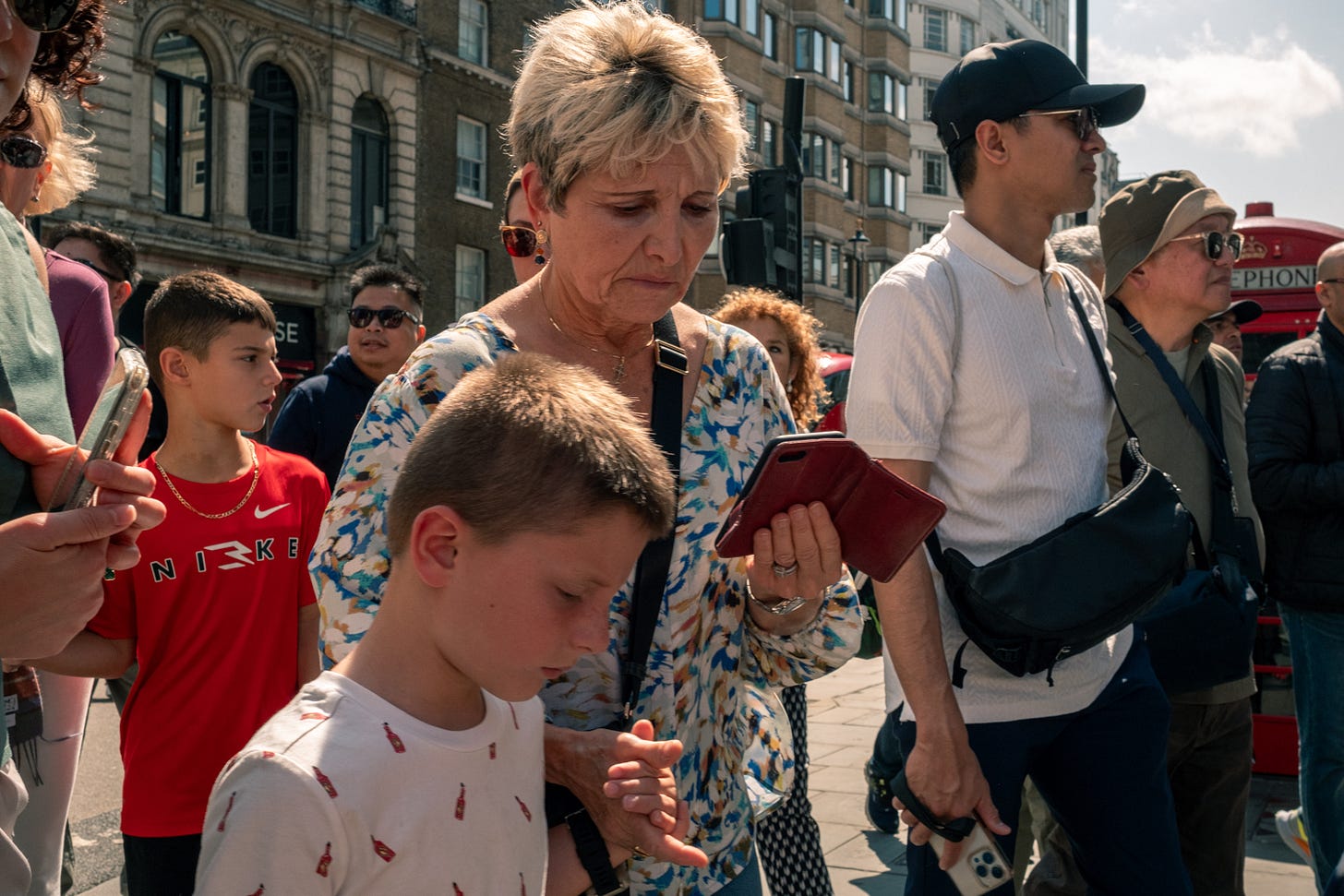
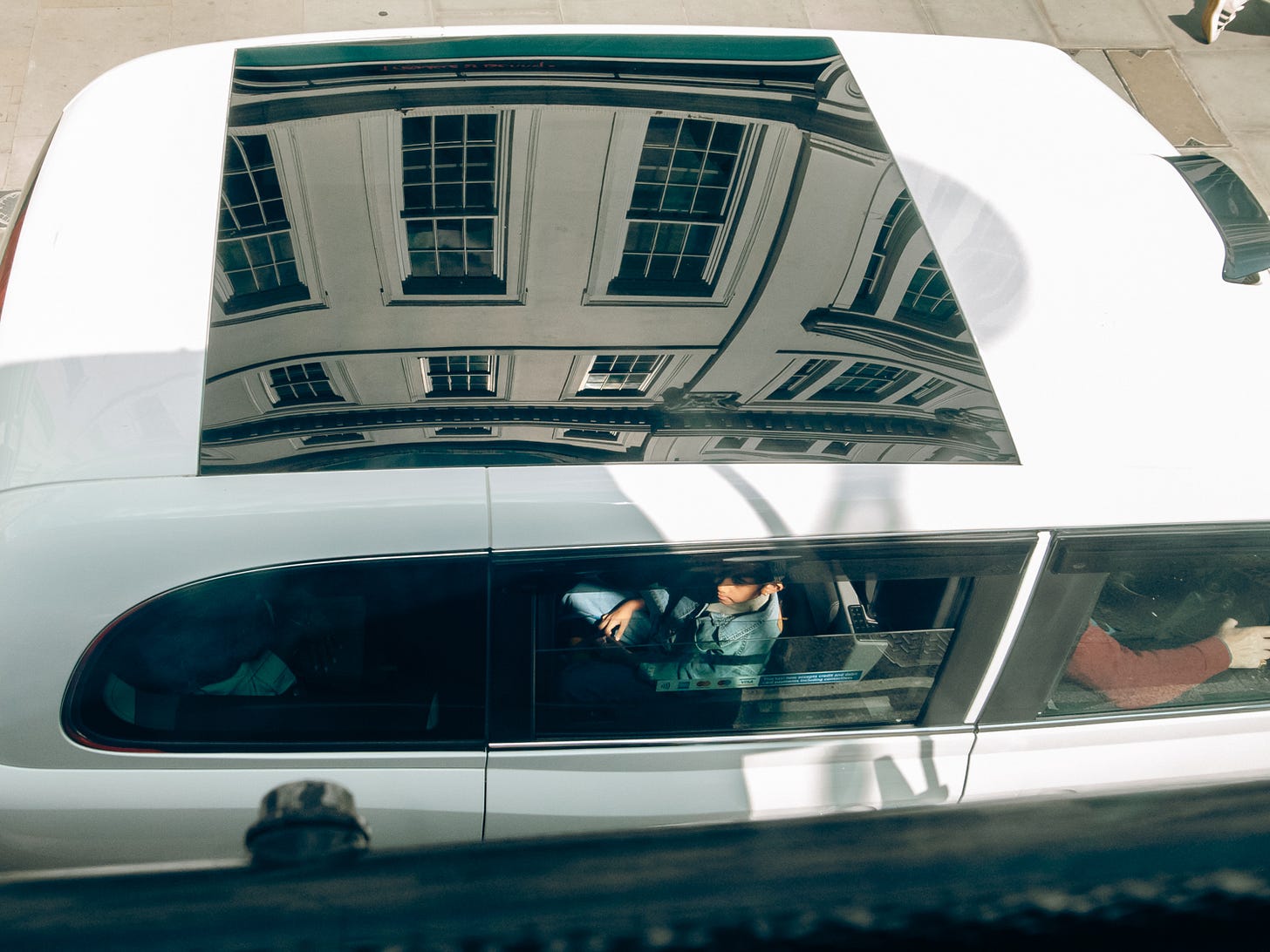
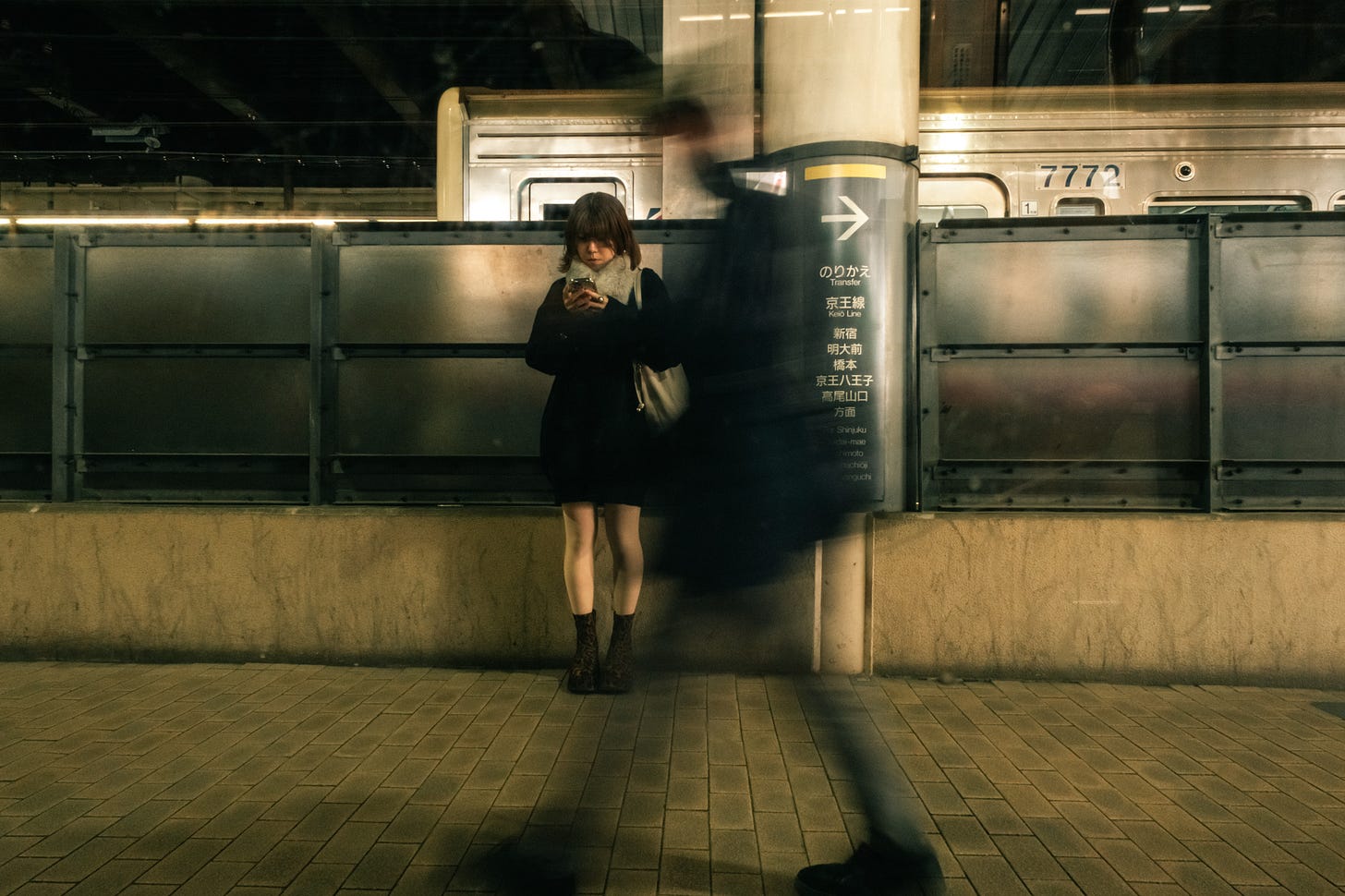
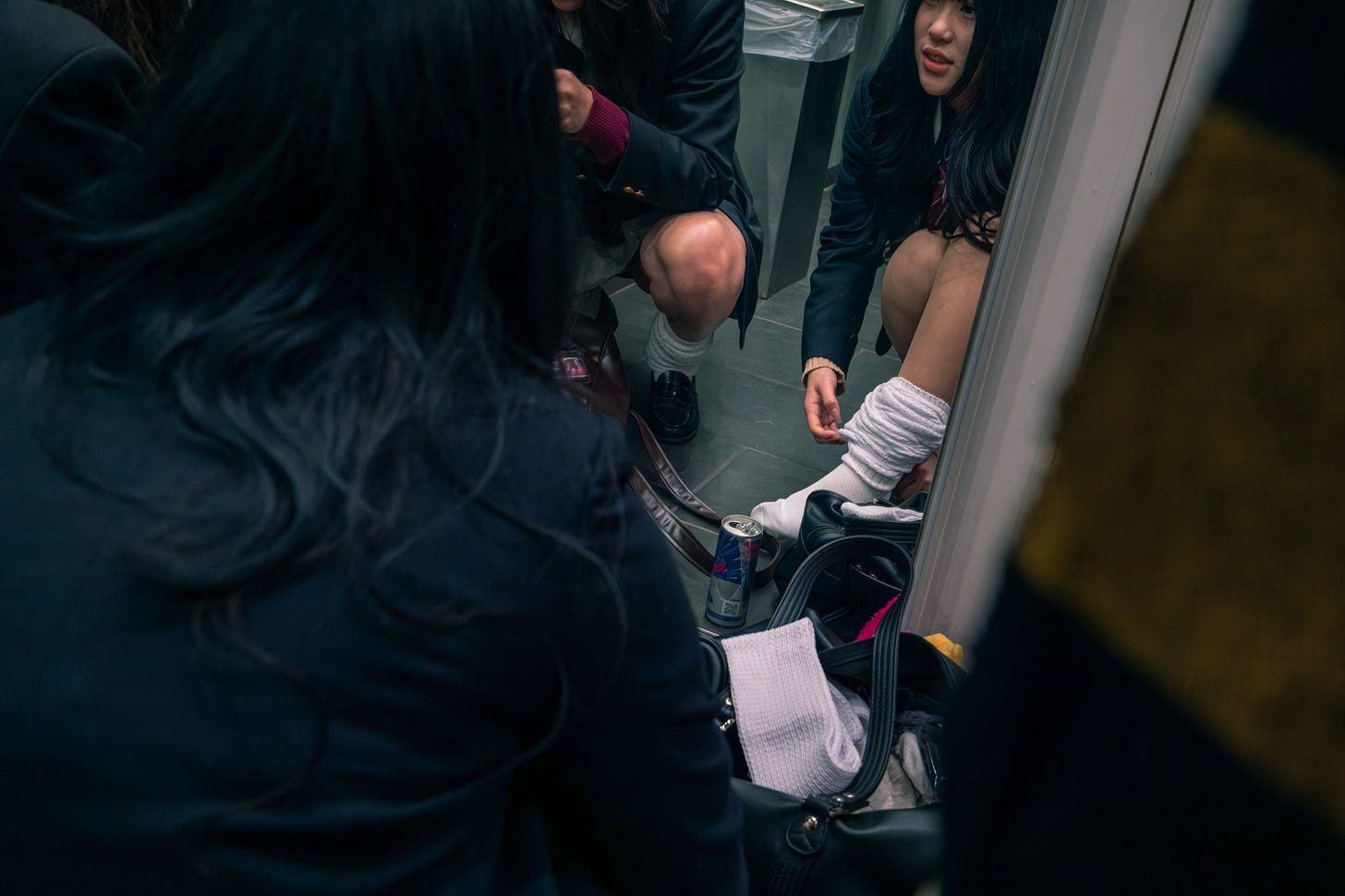
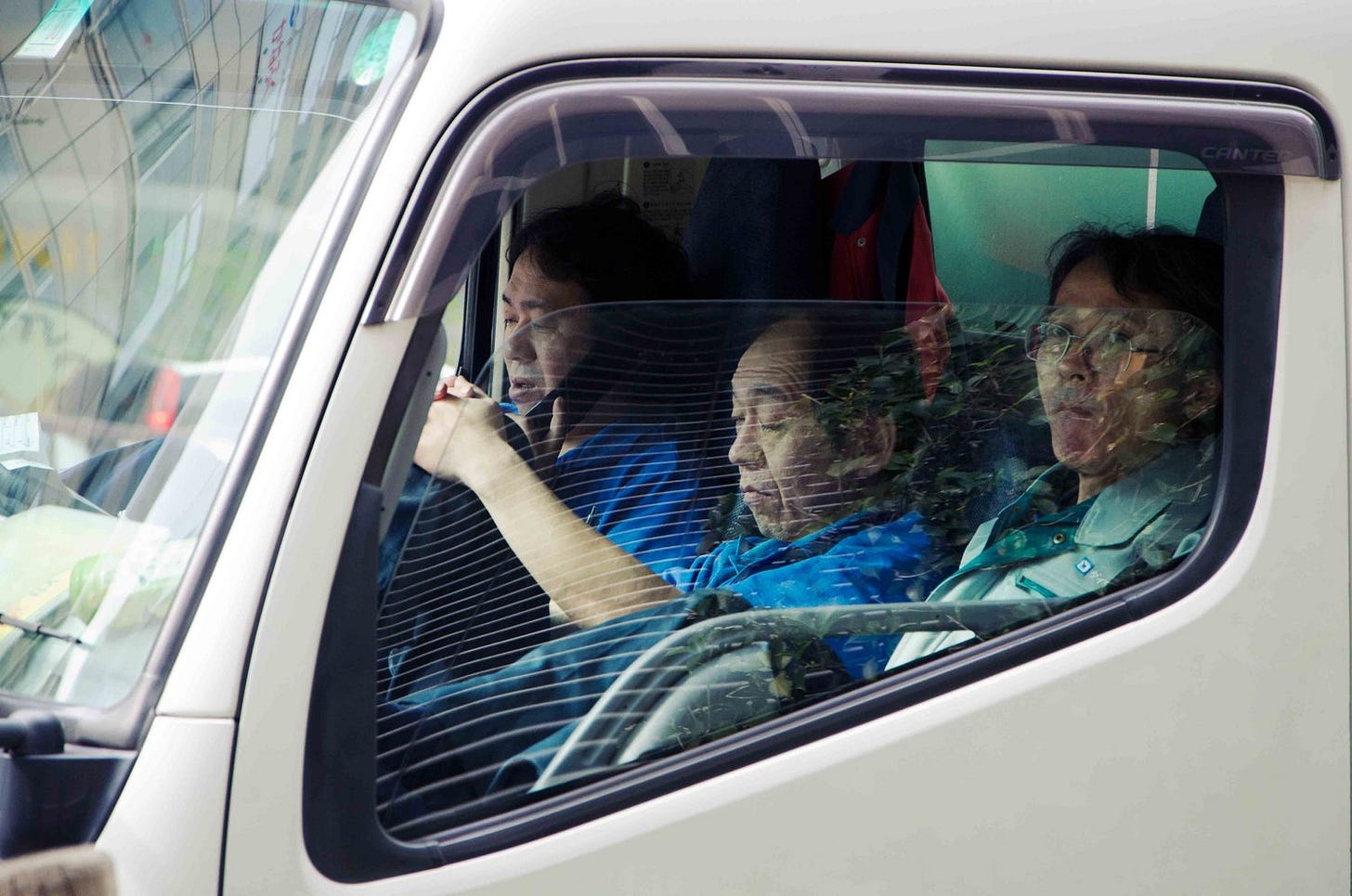

I agree with a lot of what you have shared, especially about the data bias that skews representation and inclusion of women. I had been featured in some videos for Paulie’s YouTube, not his Walkie Talkie series, but I don’t think I will ever be asked to be interviewed because I’ve called out content creators and have critiqued about how he has asked women certain questions and not men. His mutual spoke up for him and said that they assume to know the answer which confirmed (to me) that the content he creates is with men in mind.
I run into other women quite often but I don’t stop to talk unless I know them or they are not busy taking photos. Being in New York City there’s more opportunity to meet people but women have not been welcomed into the photography spaces unless they are friends with someone there or because their work is viewed as exceptional. I’ve come to the realization that I can create work and socialize without investing my time and resources into organizations that don’t offer opportunities for women who aren’t their friends, as well. By the way, I have a post on all the active street photography collectives and I listed out most of them with their members, linked to their websites. That’s a good source to discover more female photographers if you’d like to connect with more.
REALLY interesting (yes the caps were intended) Giulia, thank you. I’ve tried street but I just can’t get on with it, albeit I appreciate good street photography made by others.
I’m a white CIS male in my early 50s (I never felt the need to qualify which half of a decade before I got this old 😉) and I’ve always felt like ‘that guy’ when photographing on the street. My baggage rather than anything substantive? Probably, but I have to be honest; I struggle with the notion of doing street, in that I can’t quite balance the perceived intrusion on others vs any merit of the work. This is not some throwaway comment intended to deride a whole genre, more my own internal conflict. As said I appreciate good street work but I then ponder what’s the true significance and why do it if I can’t see the true value of it?
There undoubtedly is significance, but my thought is that that truly comes in future years (to wit Winogrand, Helen Levitt et al). Social media distorts: consumption now leads us to try and create things that grab attention, which I believe heavily leads into the ‘street bro’ mentality of entitlement. Oft-heard from those quarters is the ‘it’s legal so I’m doing it’ kind of rejoinder. To that I’d say it’s legal to marry your cousin but that doesn’t make it a good idea. The ethics of good work is so often drowned in the dude cult that can surround areas of street.
Street that does no harm and that is valued on social media now is rare. In fact the two things are - arguably - diametrically opposed. Why do we see so much harsh shadows and blocks of colour kind of work? This, IMHO.
To me this means that I instinctively appreciate the work of women street photographers more. There seems a very different approach (less combative for a start and no, all you sensitive males, I’m not saying you’re all combative) and it typically shows in the work. I can’t remember seeing a street photo by a woman that makes a spectacle of someone else, put it that way. I’m sure someone offended will be along with examples in just a moment… As such the imbalance in street between men and women is real and is utterly unjustified, but I think this is simply reflective of a medium and practice (ie photography) evolved almost entirely as a male domain. As ever, it’ll be hard work to turn that supertanker, but worth it in the long run.
As for a system stacked against women, and not just limited to street photography? Absolutely. Nail on head.
I intend to write an article about all this in due course. But until then, thank you again and I’m subscribed.
Ben